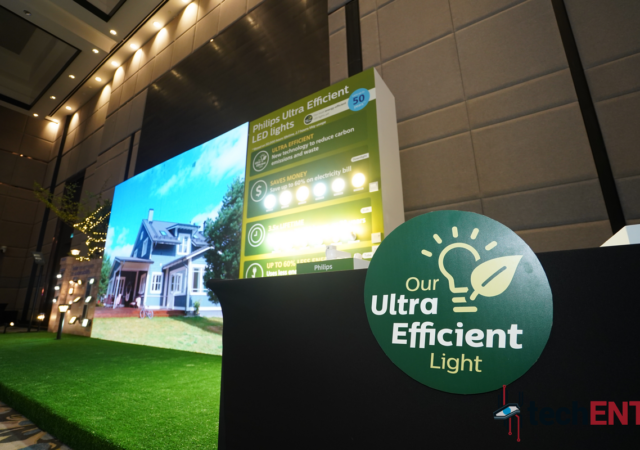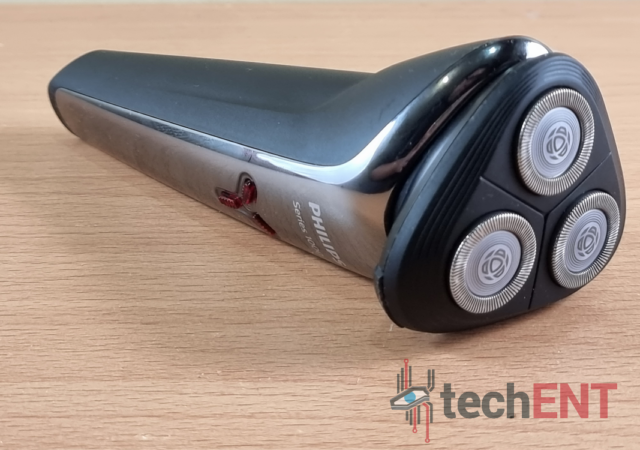Signify champions energy efficiency and sustainability with their new lineup of lighting solutions.
Philips S1301 Shaver Review – A Close Shave
An electric shaver can be a boon to a man’s grooming kit, but is the Philips S1301 worth the money? Find out inside.
The Future of Health Lies in Technology But We’re Not Ready According to the Philips Future Health Index
As technology becomes more ubiquitous, the medical industry is looking to improve and adopt new approaches. Philips’ Future Health Index shows the perceptions of younger doctors towards this.





